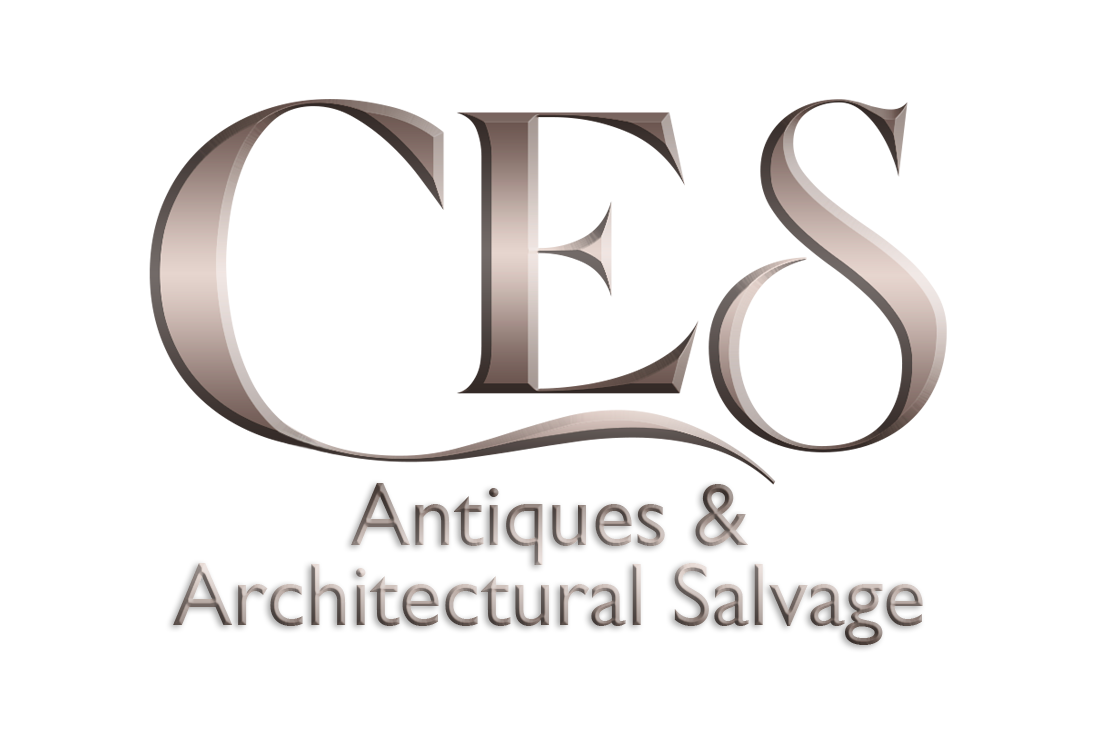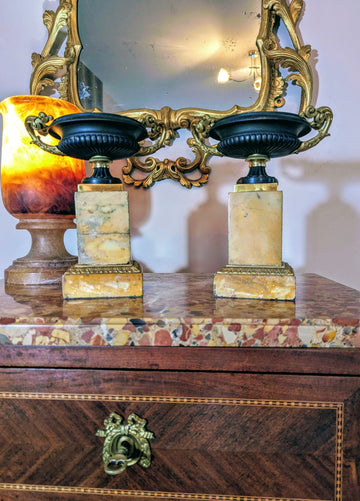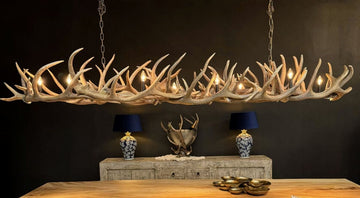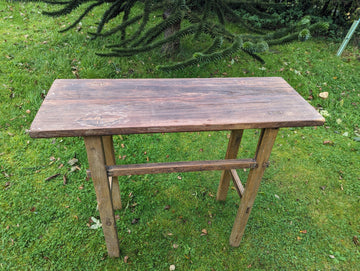In today’s fast paced financial world, where digital assets and markets dominate investment strategies, antiques offer a compelling and often overlooked opportunity. These historic treasures combine beauty, craftsmanship, and cultural heritage with the potential for long-term financial gain.
Investing in antiques isn’t just about money, it’s about passion, preservation, and the joy of owning something truly unique. Antiques can appreciate in value over time for several reasons. One key factor is their limited supply. Unlike mass produced modern furniture or decor, antiques are finite. many are one of a kind or part of small batches that no longer exist. As time passes and similar pieces are lost or damaged, the remaining examples often become more valuable. Additionally, many antiques are valued for their historical or cultural significance. Items that have ties to important events, notable figures, or particular periods of design history are especially prized by collectors and historians alike. The craftsmanship and materials used in antique pieces also contribute to their lasting value. From hand carved furniture to finely detailed porcelain, many antiques were made with a level of care and quality that’s rare today. Buyers are often drawn to these qualities, especially as modern products trend toward lower cost manufacturing. On top of this, the current cultural focus on sustainability has increased demand for antiques. Rather than buying new, many people prefer to invest in high quality items that already exist, making antiques not only stylish but environmentally responsible choices. However, not all antiques are good investments. Several factors influence whether a piece is likely to appreciate in value.
Provenance, or the documented history of an item, can significantly boost its worth, especially if it has a known maker, was owned by someone famous, or comes from a well-documented period. Condition is another major factor. Collectors value well-preserved pieces, and damage or poorly executed repairs can lower a piece’s value dramatically. That said, professional restoration done with care can sometimes help maintain or even increase an item’s market appeal. Rarity plays a big role in investment potential. The fewer similar pieces on the market, the more likely demand will drive up value. But this also depends on trends, which can shift over time. For instance, Art decor and mid century modern styles are currently popular, whereas Victorian or Edwardian pieces may be less in vogue today but could cycle back into favor. Monitoring the antique market, attending fairs, and following auction results can help you keep an eye on what styles are gaining traction. Of course, investing in antiques also comes with risks. Market demand can fluctuate, certain styles may go out of fashion, and antiques can be difficult to liquidate quickly. They’re not like stocks or bonds that you can sell with a few clicks. You’ll need the right buyer at the right time, which may take patience.
Additionally, antiques require proper care and storage. Environmental factors like humidity, sunlight, and temperature fluctuations can damage wood, fabric, or finishes, reducing their value. Still, for those who are thoughtful and informed, antiques can be a rewarding and valuable part of an investment strategy. The key is to start with what you genuinely love. A personal connection to the items you collect often leads to deeper knowledge and better long term decisions. Over time, your collection can bring you both aesthetic pleasure and financial returns. Whether you’re drawn to ornate 18th-century furniture, vintage advertising signs, or classic timepieces, investing in antiques allows you to own a piece of history, one that might just grow in value as the years pass.



